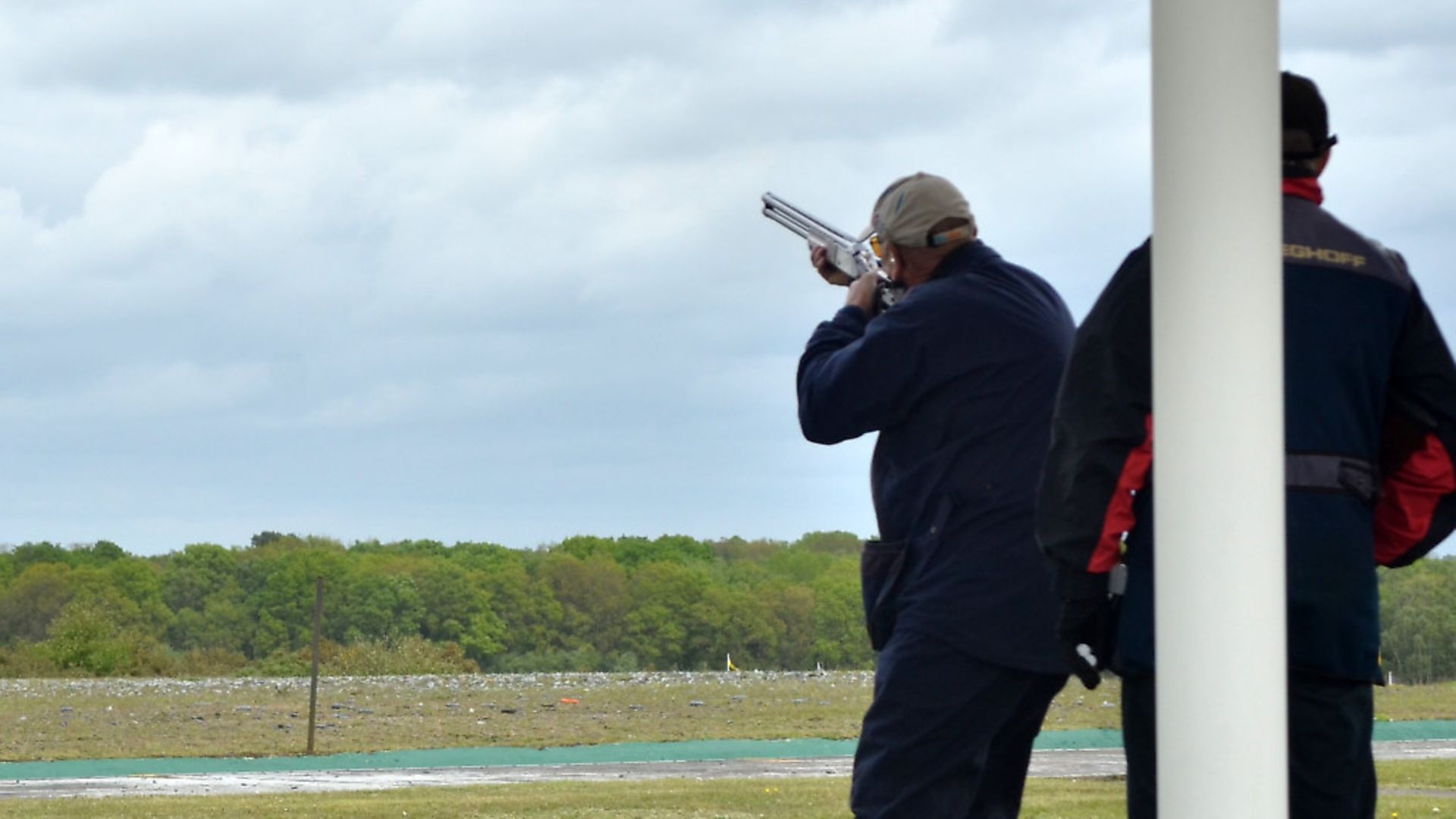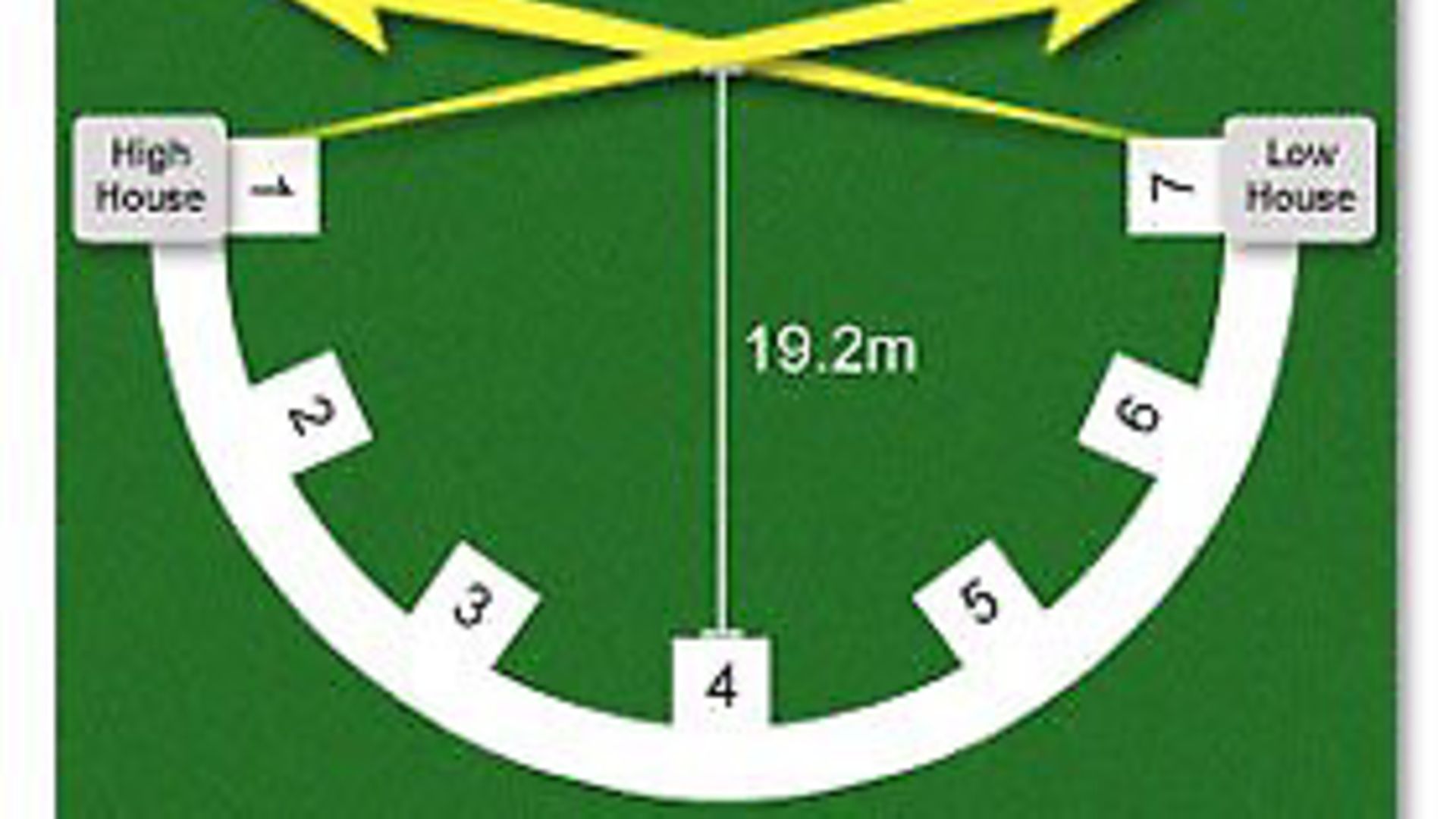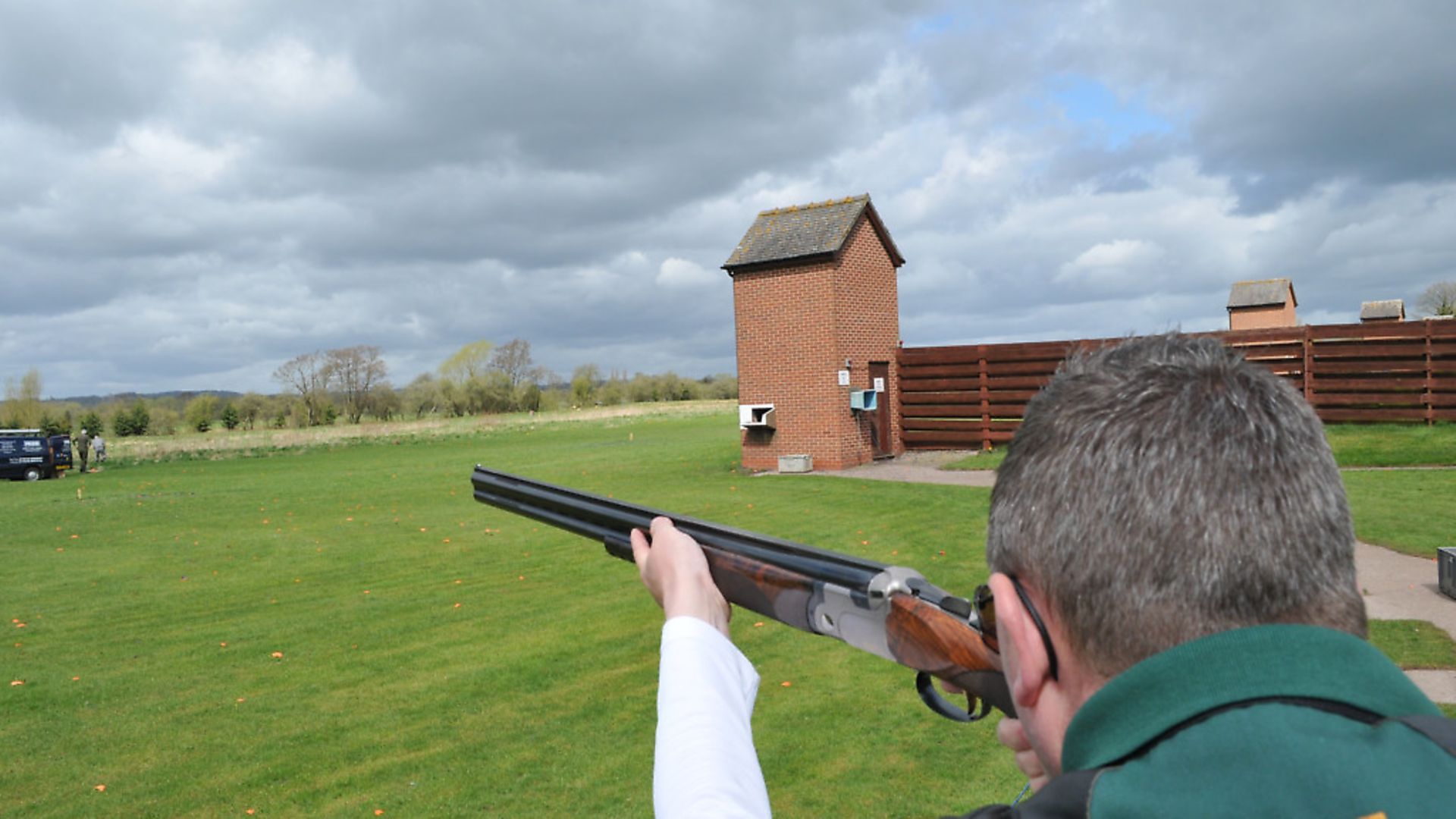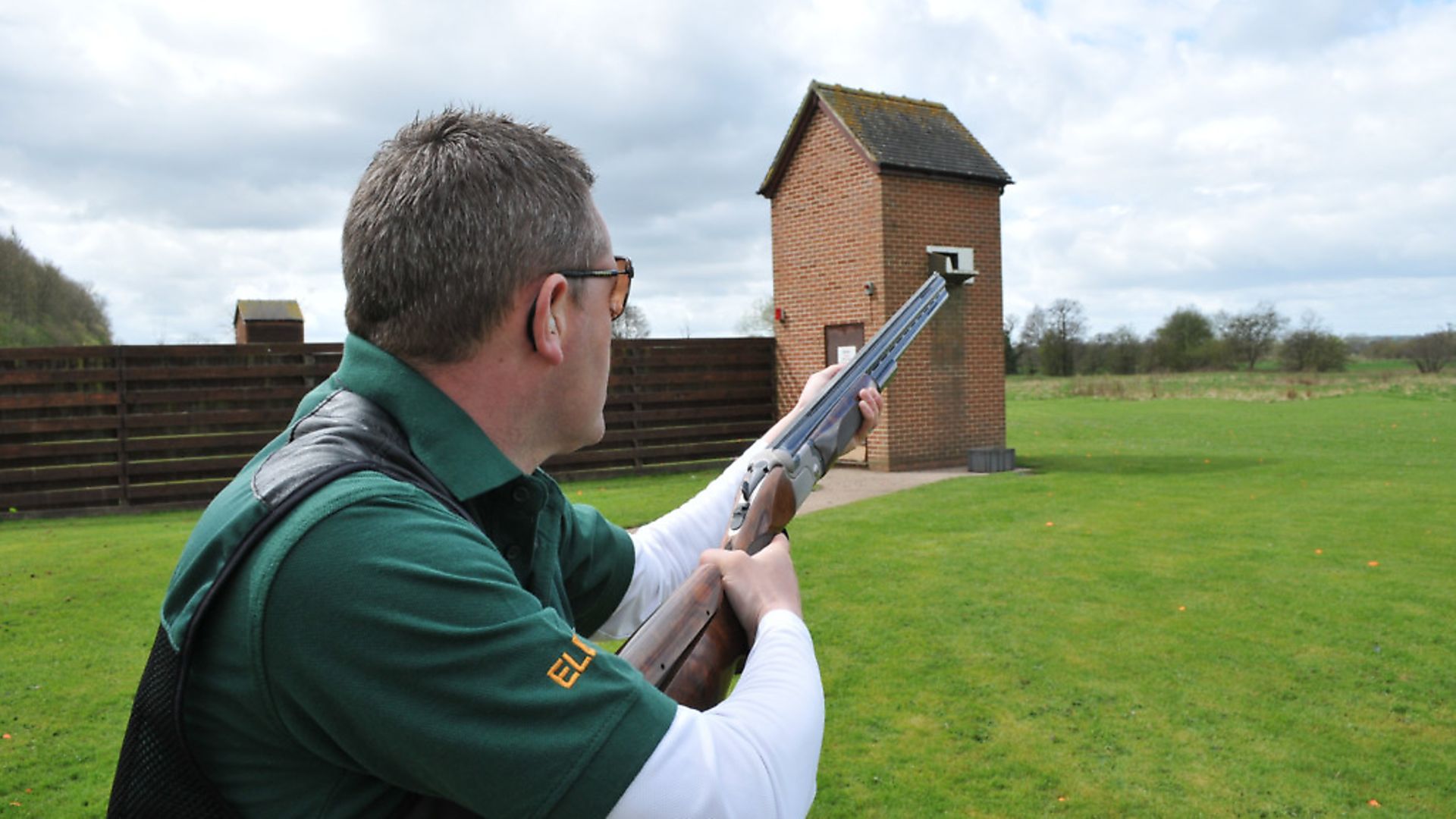Skeet is an exciting discipline to shoot, and doubles up as great practice for game shooting. Steve Rawsthorne explains how to get the most from you sessions
 credit: don brunt
credit: don brunt
You can shoot Skeet in its various forms as a competition and discipline in its own right – its disciples take it very seriously – but you can also use it as a great form of practice for other forms of shooting too. A round of Skeet can encompass many of the angles and types of shots you will encounter when rough, pigeon or game shooting and Skeet is relatively cheap to shoot too.
When I was starting out in my career as a shooting instructor 25 years or so ago, we had two Skeet layouts on the shooting grounds where I was working. Often one of the other instructors and I, or sometimes two or three of us, would go and shoot a round or two (at that time we got it free, as well as cartridges, but sadly that didn’t last long). We used to have a lot of fun with it, not necessarily shooting it in its strict sequence, but messing about too. So starting with our gun on the high house, calling for a bird from the low house and swinging the gun in the opposite direction to the flight of the clay to shoot it somewhere around the middle of the range, or just getting someone to release birds at random and then reacting to what we saw. Sometimes I would just go there on my own, drape the button over my shoulder and button and shoot at the same time – certainly sharpens the reflexes! I often think there is not enough fun in clay shooting today; people take it too seriously. There are times away from competition when you should shoot with your mates and just have a laugh, try different things out, experiment and take the Mick too. Of course, in a safe manner with normal gun handling standards.
If you can get the use of a Skeet range on a non-competition, not-too-busy day, use it to practise the shots you personally struggle with. Station one, standing under the high house will give you a great simulation of a pigeon clattering away out of a hedge. If you are shooting with a friend, get them to button then call for the bird starting with the gun in your normal walked-up shooting position. Once you are hitting it consistently, get them to release it without calling so you have to react more normally. You can also have a bit of fun seeing how late or how early you can shoot the low house bird.
 credit: Archant
credit: Archant
MIX UP YOUR SKEET SHOOTING
As you move round the stations, from one to seven, the angles will change, from quartering away left-to-right to full-on crossers, to quartering away right-to-lefts and then a driven incomer from the high house as you stand at the low house with a fast away bird from under your right arm.
Again, start by calling for the bird, then having it released without a call, so that it is more natural. Have the gun down as you would if walking-up a piece of ground. Shoot birds singly from either side, high and low houses, then as on-report pairs, then as sim pairs, then get your buttoner to let them go in any order without calling, this really sharpens up reflexes.
If it is safe and the ground owner will let you, move back five yards from the normal shooting positions and then 10, you will see lead pictures increase dramatically.
Try different methods of shooting too: maintained lead, swing through and method. Build up your confidence and your tool kit, so that you can use any of the methods as and when required; whether as a competitive shooter or as a game or rough shooter, don’t be a one-trick pony.
 credit: Archant
credit: Archant
DIFFERENT FORMS OF SKEET
There are a number of different forms of Skeet: English, American, Olympic etc. In Olympic Skeet, the birds are faster than in English, there is an electronically determined time delay in release of between zero and three seconds and there is an eighth station, where you stand in the middle of the range and shoot birds from the high house, now only a few yards away. You also have to start with the gun down, butt below the elbow and not move until you see the target. Coupled with the unknown delay, it’s really challenging and the source of much fun but also great for sharpening the reflexes.
With the addition of a single extra trap, Skeet-Sporting can really make things interesting. Depending on the ground layout, you could put a teal in the centre of the layout, rocketing away, so you would shoot a single Skeet bird then a teal, or vice-versa, simultaneous pairs and any other combination you can imagine. If it is safe, you can add almost any angle you can think of, but bear in mind how it will be shot from all the different positions, where people’s guns will be pointing in relation to anyone else in the vicinity and where the clays, and shards of course, will drop.
Before you finish your session, shoot a 25-bird round as it should be shot – as a competition with your friends. Put a pint or a couple of quid on it, as the competitive element is the best way of focusing your attention and efforts.
 credit: dom h
credit: dom h
DIY SKEET
If you can get the use of a bit of land, you can build your own Skeet range very cheaply. A couple of scaffolding towers, two single stack electronic traps, some paving slabs for the shooting positions and a few willing helpers.
You will need a shot fall-out area of 300 yards in the directions you will be shooting in, without public access, then you are good to go. Summer evenings and a few friends, maybe a barbecue afterwards, why not? Let’s bring some fun back into shooting.
 credit: Archant
credit: Archant
 credit: DOM
credit: DOM